Graham Reid | | 9 min read
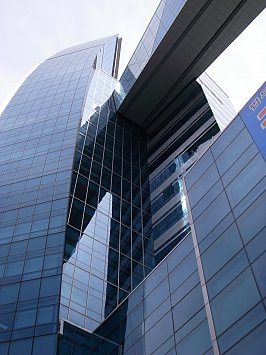
The e-mail from Jean K. Min is clear, he tells me they are located in the Nuritkum Square Business Tower, “a huge futuristic building in the centre of Digital Media City, you cannot miss it”.
And I can’t: the soaring tower is exactly as he describes it, a strikingly beautiful, curved construction of steel and glass. It is breathtakingly imposed on this hi-tech suburb of Seoul, the plugged-in and broadband-based capital of South Korea.
Seoul is a city that runs on energy, a work ethic and an invisible digital network. Some astonishing recent facts: around 80 percent of Korea has high-speed internet connection; the country has more than 25,000 internet cafes; 95 percent of people in their 20s use the internet (98 percent if you count only students); around 15 percent of the population use the internet for shopping information; there is an average of 1.4 computers per household . . .
Out of the 33 million internet users in a country with a population of around 48 million more than half have their own websites (a whopping 18 million people) -- and 90 per cent of Koreans in their 20s have signed up for the country’s Cyword social networking service which has mini-homepages and UCC (user created content, a common Korean acronym).
My mistake, but I asked a food writer and an art critic what magazines or newspapers they wrote for. Both looked at me like I had stepped out of a Dickens’ novel: they wrote on-line for their own, and others‘, websites.
Korea -- and Seoul in particular with about half the country’s population in the greater area -- is a country that is online like no other. And of course they have state-of-the-art cellphones, play interactive games online and lead the world in consumer internet marketing.
A 2006 survey revealed that Koreans trusted the unregulated world of web-based media and mainstream newspapers equally (41 percent) -- which put them way ahead of television (16 percent).
In short, the web world is Big In Korea -- which is why I am going to see Jean K Min in Digital Media City. He is communications director of OhMyNews, the online news service that has at its core citizen journalism and reader-generated content. OhMyNews -- founded in 2000 by Oh Yeon Ho, hence the name -- is a powerful organisation.
And bigger than I had expected.
Their office occupies the whole of the 18th floor of the Nuritkum Tower and includes a large open-plan newsroom for editors, writers and layout people, and there is a spacious if sparse television studio.
“We employ about 90 fulltime staff on a yearly contract, “ says Min, “and the web design people are mostly part time. The television end is only in its second year and we have no real financial backing for that so we outsource.
“But you don’t need a news van,” he laughs. “A laptop, a camera and wi-fi is good enough to get images on-screen.”
Although driven by contributors -- Mr Oh’s motto was “every citizen is a reporter” when he established the company and he is credited with founding the concept of “citizen journalist” -- OhMyNews is based on highly professional, and in some ways very traditional, journalism ethics.
Those who wish to write for OhMyNews must open a membership account, and read and sign the OhMyNews citizen reporters agreement and its code of ethics. (See below)
“The bottom line is you can’t lie,” says Min. “Even before the launch Mr Oh, who had been a magazine journalist and journalism graduate, understood the importance of teaching ethics and demanded people agree to the Code of Ethics. We hold the right to revoke membership. And of course everybody who reads is a scrutiniser of content and accuracy.” 
To ensure accuracy OhMyNews employs a firewall of sub-editors and fact checkers, and since late ’07 it has been regularly running its own journalism classes in what was an abandoned elementary school in Incheon, about 90 minutes from central Seoul. Here classes are offered in introductory journalism, writing workshops, fieldwork journalism, ethics, specialist classes (business writing, use of digital camera etc), interviewing skills . . .
“We run courses on a bi-weekly basis and can take about 100 students at a time, and we rely on education. Many people have never written for public media but they know they have to write well constructed material which has to grab attention.
“People come from all walks of life, some are mid-career people in their 50s, some have retired and have lots of time to travel and maybe their grandson told them to send their stories in, and we give people a chance to be exposed.”
Min notes that while a blogsite in Korea may reach 10,000 to 20,000 people OhMyNews offers a platform to get to two and possibly 10 million people. And Koreans have a particular historical attachment to the web world which is unique.
In the early 90s, says Min, when there weren’t many websites Goggle made no sense. There was nothing for Korean people to search for. So people had to build their own content in Korean -- and to generate that websites (both personal and professional) were highly interactive to create content even before blogging became popular.
So websites -- be they belonging to individuals, companies or media organisations such as OhMyNews -- had comment sections, consumer feedback, readers opinions and the like. Online also arrived at a time when Koreans were freeing themselves from the yoke of conservative mainstream media and national politics.
And here is where the innovative OhMyNews parts company with mainstream print media which simply use their websites as ancillary to the print edition. For OhMyNews the medium of the internet is the message, and it tapped in to something unique in the Korean mentality.
“The Korean web began as a read-and-write thing and people created the content. OhMyNews started the journalism model like an online café, but people realised very quickly, ‘I need to write well to get published‘ and there was huge competition among people.
“Every Korean tries to get a piece of attention on the net so there is intense competition for attention -- and for positive attention.
“But that also meant that you had to do something to have something to publish, so you travel so you have something to write about. In other words this media actually controls your life rather than the other way around.”
 Min also notes that in Korea sales of the newest digital cameras are huge because people want to get into online picture sharing and have high quality photographs on their websites: “Everybody is a photographer, publisher and writer. People are changing their lives to make their blogs more colourful.”
Min also notes that in Korea sales of the newest digital cameras are huge because people want to get into online picture sharing and have high quality photographs on their websites: “Everybody is a photographer, publisher and writer. People are changing their lives to make their blogs more colourful.”
What this means for OhMyNews is a constant stream of contributions from within Korea -- and that makes OhMyNews, which has a liberal agenda, powerful: it was undoubtedly influential in determining the course of the 2002 presidential election which saw Roh Moo Hyun be elected -- and he granted the outlet his first post-election interview.
“We could follow the primary debates for as long as wanted,” says Min who notes larger news organisations had to commit staff to other stories but OhMyNews citizen-journalists could attend any meeting they wanted and report back. Thus OhMyNews had the most extensive coverage and was the media outlet of first choice for many Koreans.
“You don’t have to give up your day job to attend a press conference by the president.”
But as any check of the OhMyNews website will confirm -- it is published in both Korean and an international English language version -- it also has its own pool of professional and international contributors. Writers who get published -- about 30 percent of submissions are rejected for poor grammar, low news value or factual errors -- can also tag to their blog and that alone can be a motivation for many, to drive traffic their way. Contributors can be paid around $2-$3 if a story is accepted (“it’s token money but it is being published”) and a main top story pays up to maybe $60.
“It’s not a lot but it is more important to have the bragging rights, ‘I’m an internet star’.
“There are a variety of options but this makes people stakeholders in their story, that is a powerful motivation to be published and turns people from passive to active stakeholders.
“And while bloggers tend to write soft news or stories on OhMyNews you can write something harder. And it just looks better on OhMyNews.”
Writers who are published can also track reader feedback and how many are scanning their story. There are currently over 700 stories in the database by citizen journalists and according to an article by Min published in Nieman Reports in 2005, nearly 70 percent of OhMyNews citizen reporters had book contracts.
Articles which appear online at OhMyNews can also change peoples’ opinions in powerful ways: Min cites the recent example of a schoolteacher who holidayed in various parts of Africa and wrote a personal travelogue. Prejudice about the African continent as impoverished and with a begging bowl was exploded for OhMyNews readers according to the feedback which followed.
By coincidence there could not have been a more clear distinction between the professionalism and considered nature of OhMyNews and the undisciplined blogworld than when I visited. On that very day the Korean blogworld was becoming overheated with a discussion about the importation of US beef which some had suggested was infected by mad cow disease. Scientists said there was no basis to the rumour but the issue became a lightning rod for disapproval over President Lee who had signed the deal with US President Bush at Camp David to reopen beef imports.
Lee’s approval rating was in freefall anyway (1.2 million has signed an online petition to impeach him), but the issue of mad cow disease -- fed by alarmist blogs which published images of infected cows and people who were allegedly afflicted -- drove online discussion onto the streets of the real world. Bloggers, so influential in Korean dialogue, whipped up national sentiment (anti-Bush, anti-US arrogance) and bannered the fears of mad cow disease and street protests began. The day after I said farewell to Min and senior editor Todd Thacker, over 10,000 mostly young people gathered in the city centre to protest against President Lee, the beef and whatever else had been said in blogworld.
With little evidence to back up their claims -- and there was even less in the blogworld suggestion that President Lee had capitulated over the long-disputed Dokdo Islands and let Japan have them -- the bloggers had driven a populist cause.
A psychology professor at Seoul's Yonsei University told the JoongAng Daily, the reasons for the online panic was partly cultural in this highly wired and interconnected country: "Koreans have a tendency to put more importance on what others think and say than developing their own thoughts and voice. It is because the authority infrastructure has collapsed and lost credibility among the general public."
A professor in politics told the same paper, "the younger generation tends to think of the Internet as a playground that is distant from reality."
Over at OhMyNews the issue was discussed, but with caution and consideration, and much less wringing of sweaty palms or banner waving.
Of course OhMyNews cameras would be there covering the protests said Min: “And we’ll allow online live chat while we are running the feed, we’ll have tens of thousands of comments.”
“You know, think of the Superbowl. People go to bars to watch something like that and why? Because they don’t have a television? No, they just want to share the excitement and so we allow viewers to chat about what is happening while they are watching the feed and the camera can equally focus on the audience that is there.
“That is the great thing about this technology we now have available. Things can be immediate, and people can participate.”
In Korea, and particularly at OhMyNews, people do.
For more information on OhMyNews go here: http://www.wired.com/culture/lifestyle/news/2003/05/58856
For OhMyNews English language version go here: http://english.ohmynews.com/

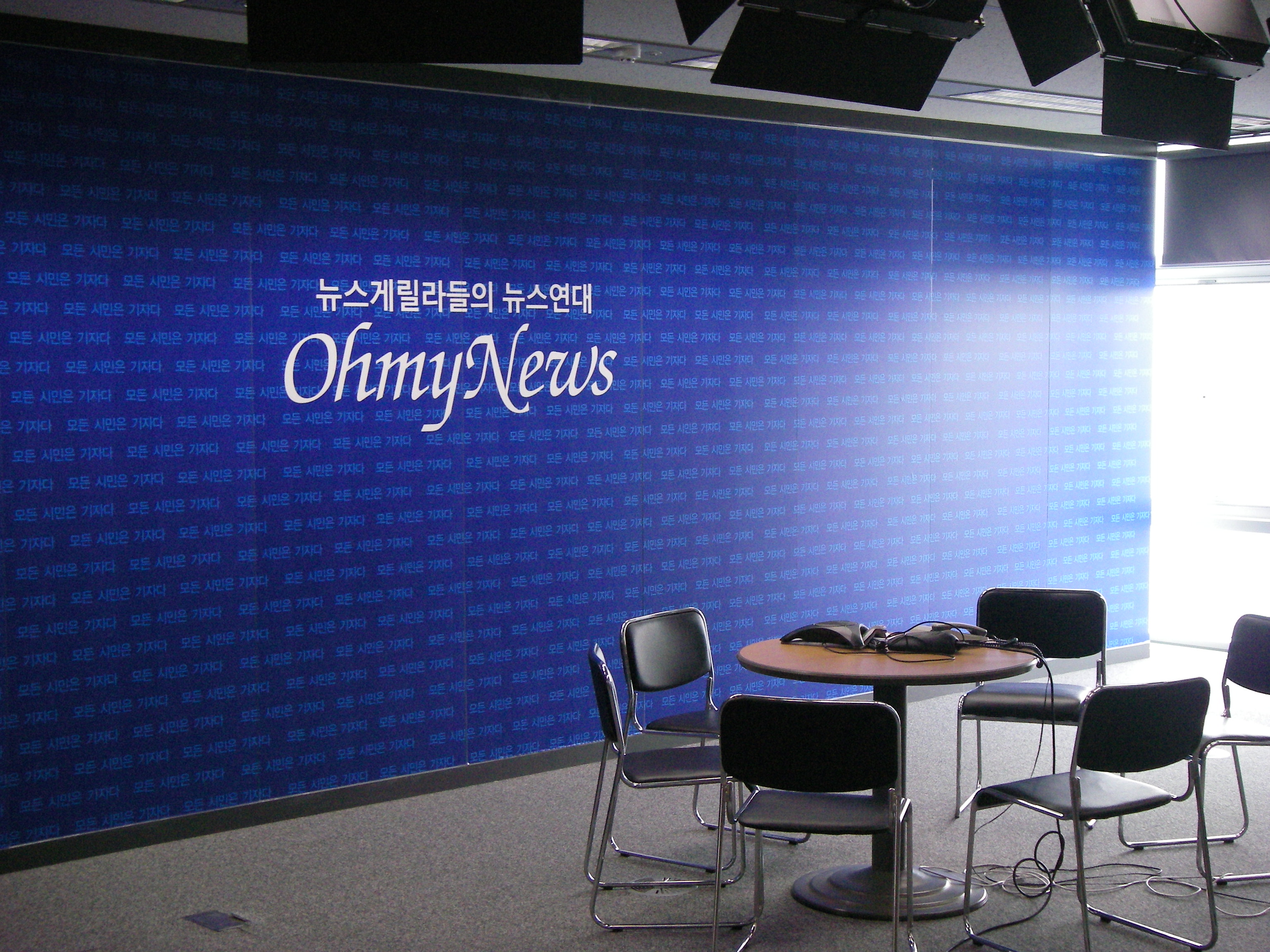
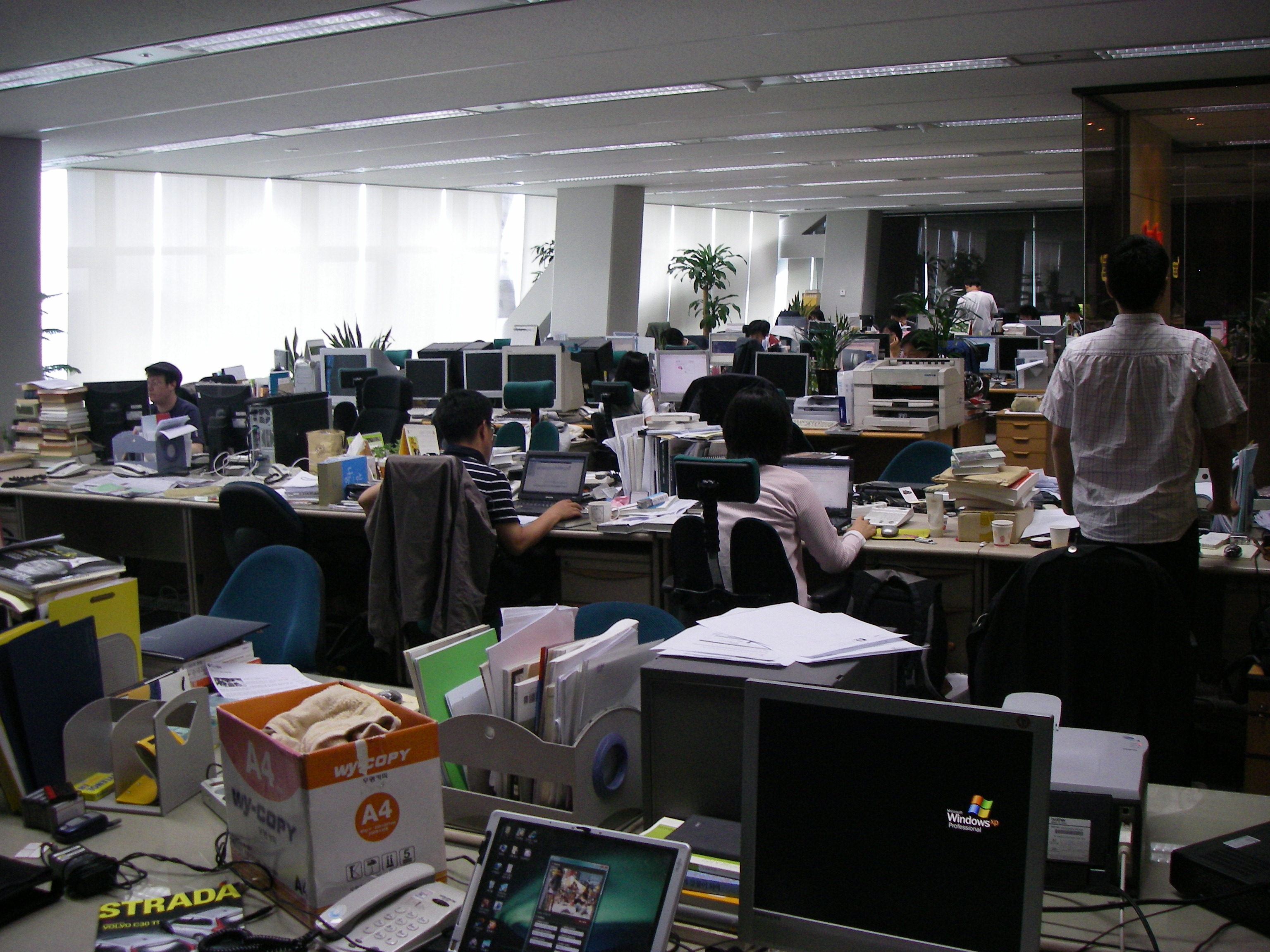
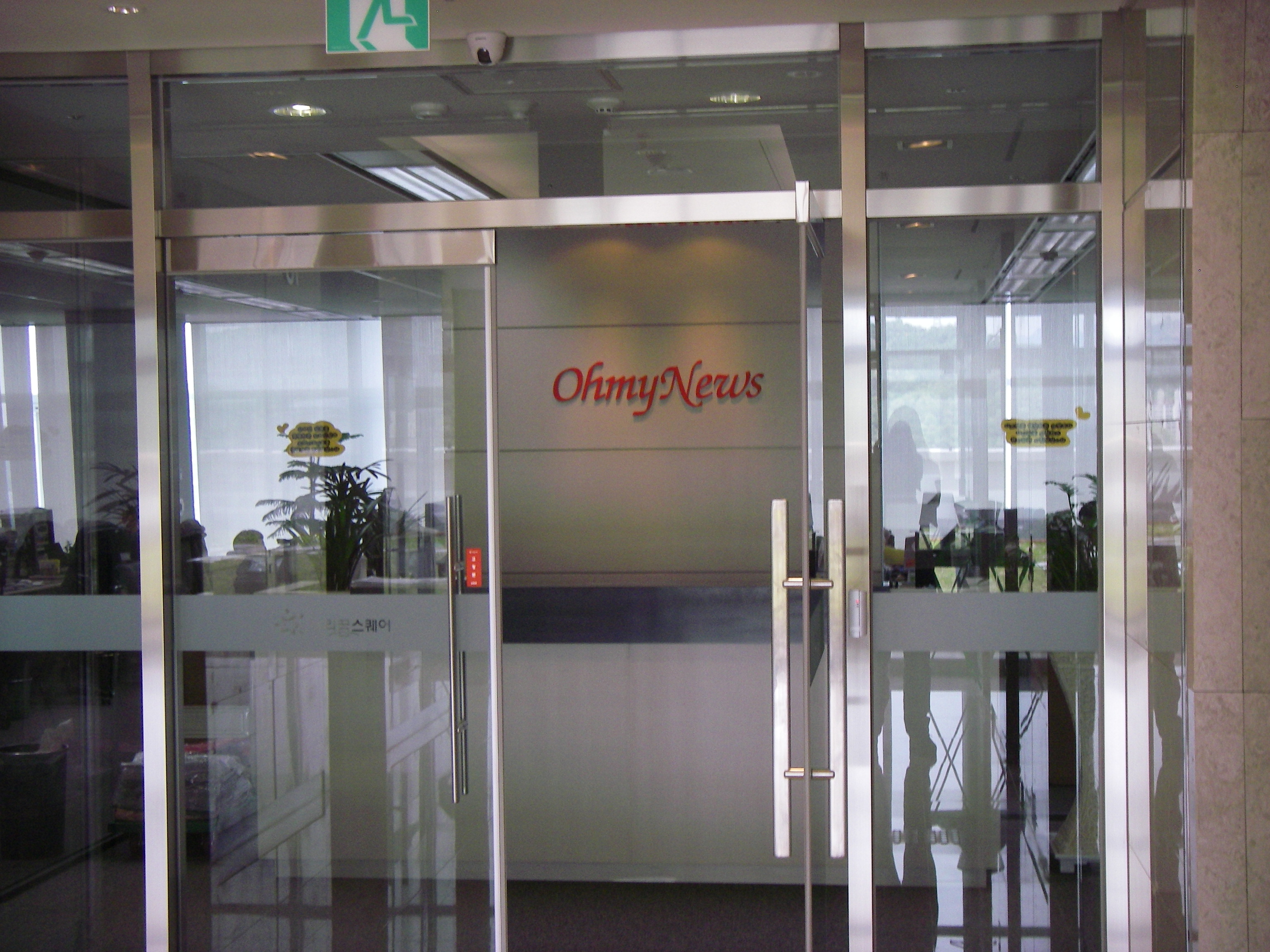
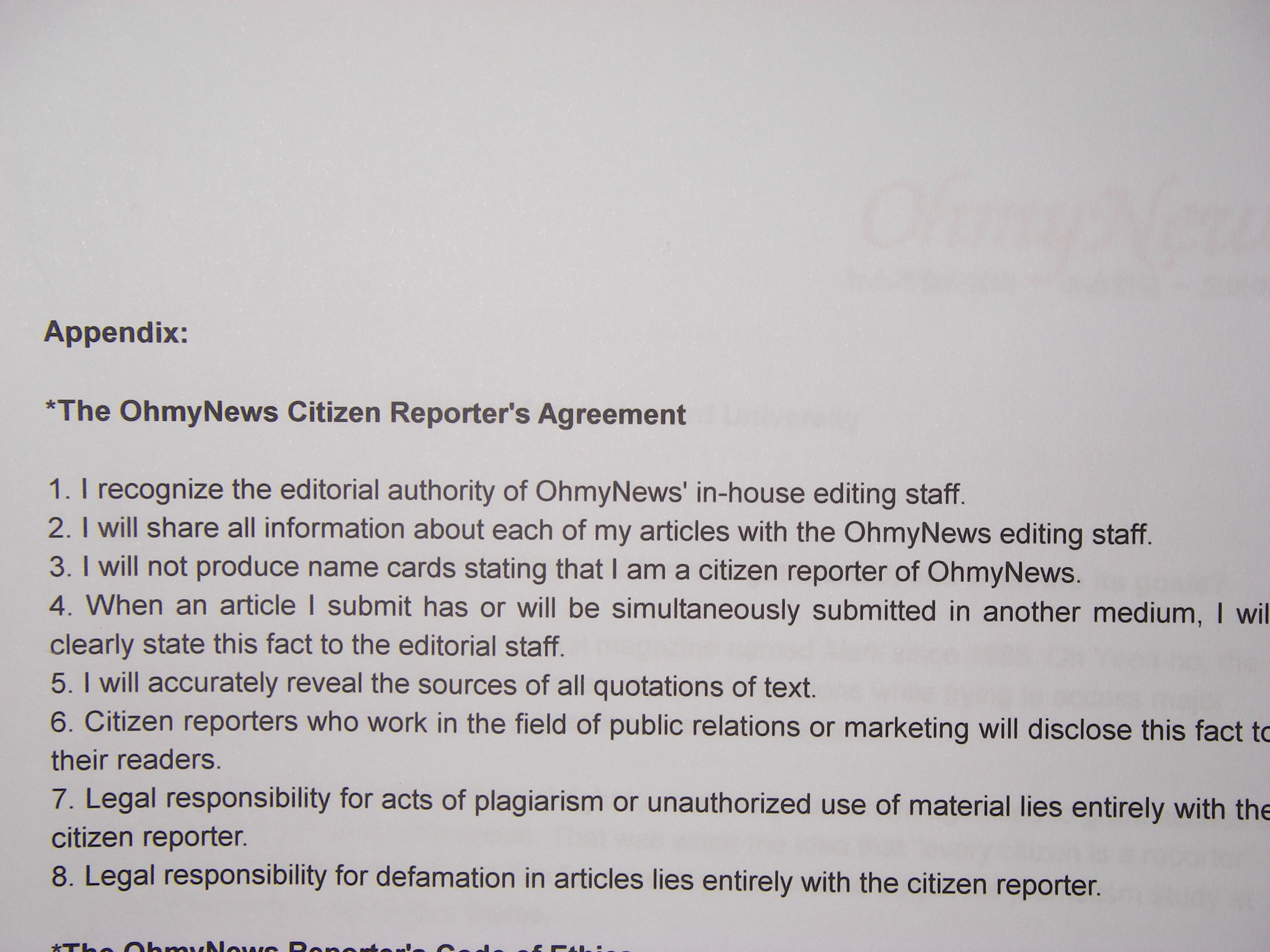
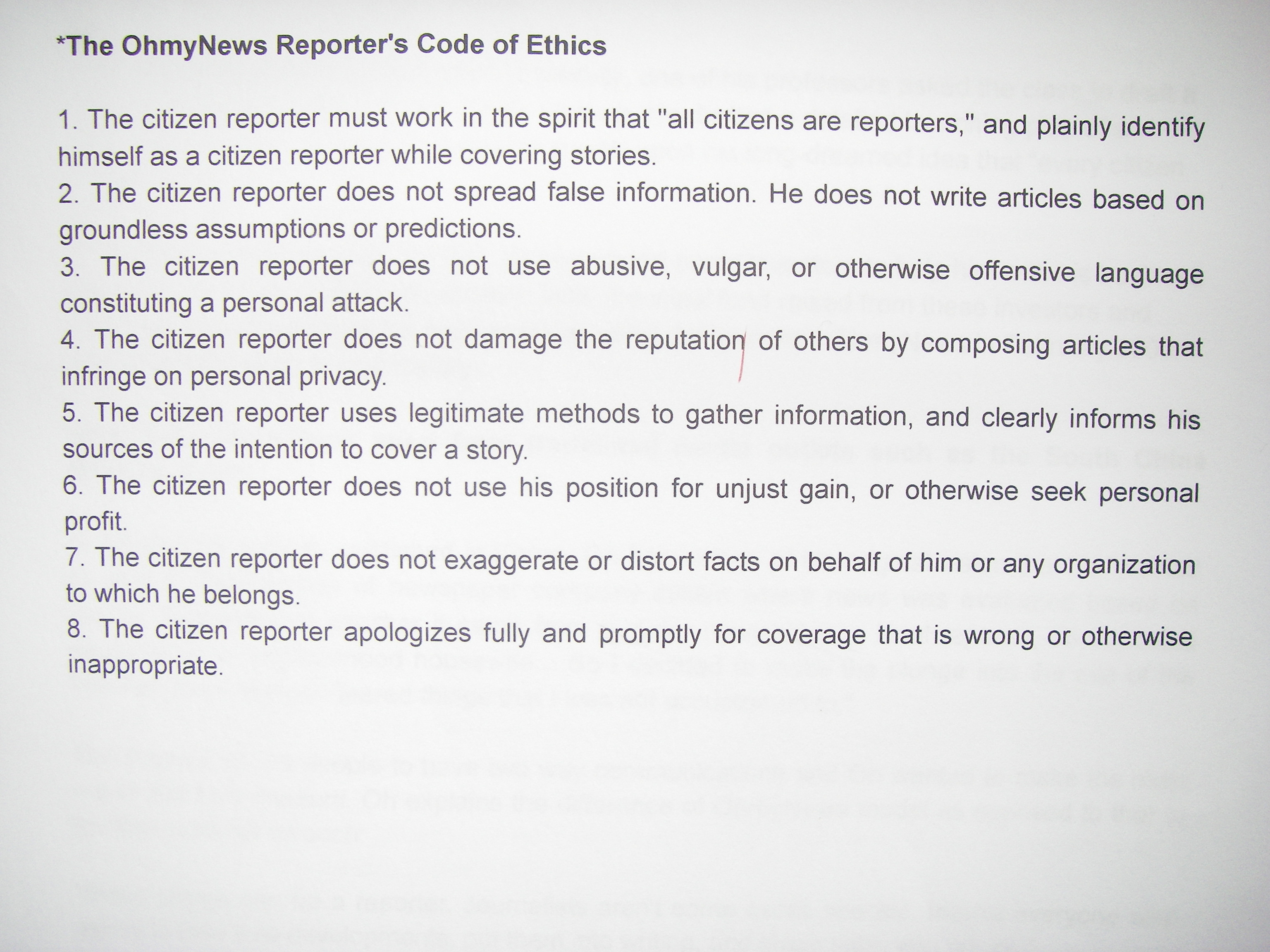
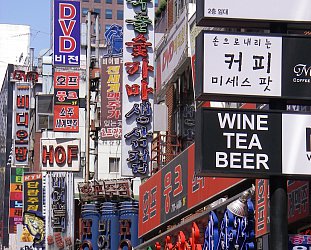


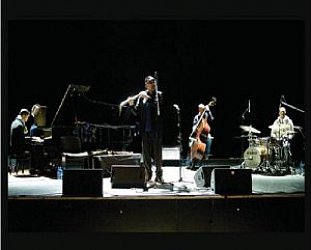

post a comment